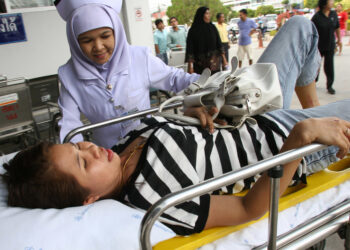World Sickle Cell Awareness Day is observed on June 19 every year to educate people about the inherited genetic disorder that affects the lives of millions of people, causing chronic complications and early mortality.
Normal red blood cells are round and flexible. They have a lifespan of up to 120 days in the body. However, people with sickle cell disease (SCD) have sickle-shaped red blood cells that are destroyed within 10 to 20 days. The sickle cells stick together, restrict blood flow, and prevent oxygen from reaching all parts of the body.
The premature death of abnormal red blood cells causes chronic anemia, and the destruction of sickle cells in the spleen can cause spleen damage and increase the risk of infection.
The condition affects more than 100,000 people in the U.S. The theme for this year’s World Sickle Cell Awareness Day is “Building and Strengthening Global Sickle Cell Communities, Formalizing New-born Screening and Knowing your Sickle Cell Disease Status.”
Risk factors
The greatest risk factor of sickle cell disease is the family history of having the condition. Affected people have two faulty hemoglobin genes, called hemoglobin S, one from each parent. The risk of inheritance can be estimated through a blood test.
In the U.S. sickle cell disease affects people of African, Mediterranean, and Middle Eastern descent.
Several factors such as hypoxia, environmental exposure to heat or cold, fatigue, psychological stressors, dehydration secondary to an infection, viral illness, and vomiting can accelerate the production of sickle cells in the body.
Warning signs
1. Yellow skin
2. Fever
3. Painful swelling on hands and feet
4. Painful sores on the legs
5. Frequent infections
6. Delayed growth or puberty
Complications
- Over time, SCD can cause blindness when the sickle cells obstruct tiny blood vessels that supply oxygen to the eyes
- Signs of severe anemia such as extreme fatigue, shortness of breath, dizziness, or irregular heartbeat
- Signs of stroke such as sudden…
Read the full article here








